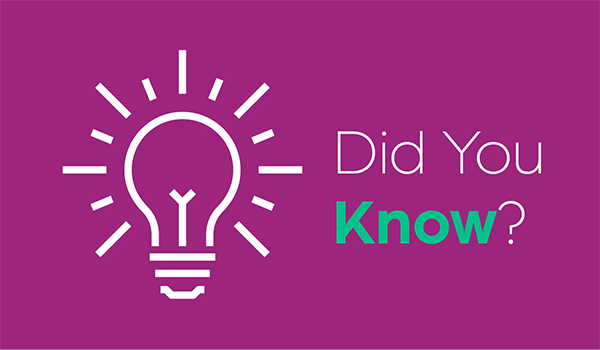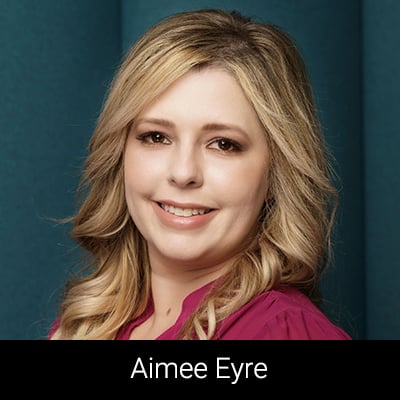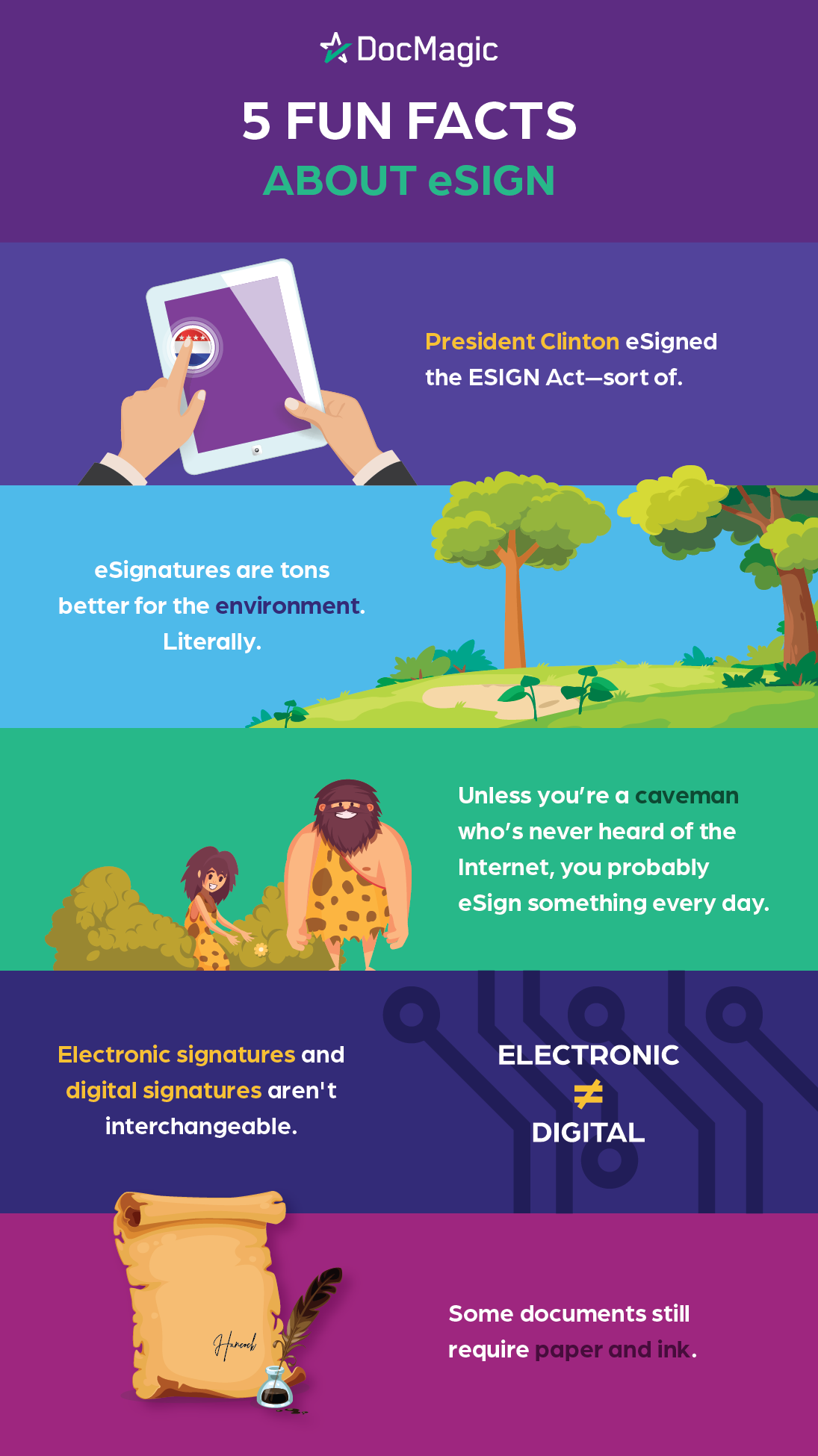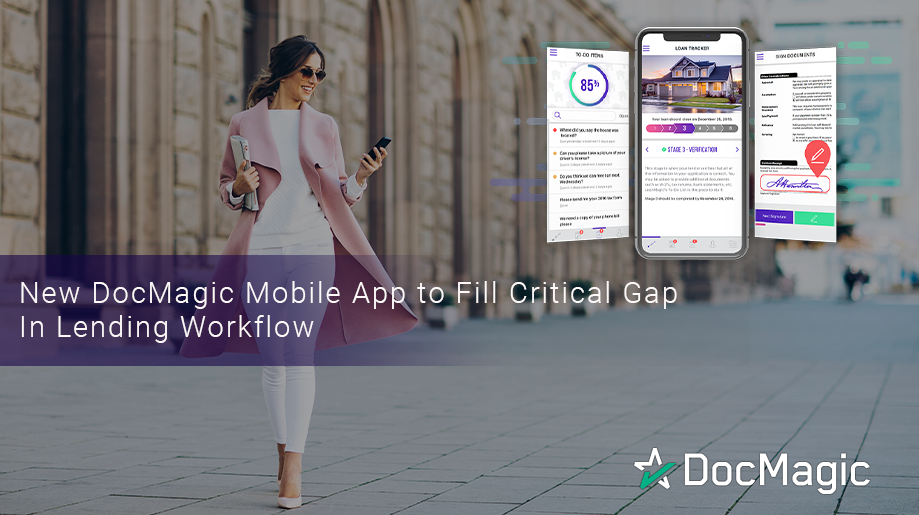25 Years of ESIGN: How a Single Act Sparked a Billion Digital Signatures
.png)
Celebrating a Quarter Century of Progress on National ESIGN Day
June 30, 2000, marked a turning point for mortgages. President Clinton signed the ESIGN Act into law that day. This legislation gave electronic records and signatures the same legal weight as handwritten ones.
More than just eSignatures
The ESIGN Act did more than just legalize eSignatures—it paved the way for true digital commerce. The ESIGN Act transformed how we handle agreements. Mortgage closings, car sales, tax filings, and job contracts could be executed in seconds rather than days. The Act also introduced essential consumer protections. These included requirements for consent, record retention, and technology disclosures. These protections helped build the trust that eSigning technologies rely on today.
Our eSign Story
At DocMagic we understood the power of eSignatures and introduced our ClickSign® eSignature solution the same year the ESIGN Act went into effect. Early adoption of eSignature technology influenced how we developed our comprehensive suite of digital mortgage solutions. These solutions enable lenders to carry out fully paperless closings—from initial disclosures to eNotes, eVaulting, and even remote online notarization (RON). eSigning is integrated at every stage of the process. We also developed our proprietary AutoPrep™ solution. This patented technology instantly identifies signature blocks and enables any PDF document for eSignature.
Now, twenty-five years later, digital transactions have become second nature. In fact, since the inception of eSigning, DocMagic’s ClickSign solution has facilitated nearly one billion mortgage-related eSignature transactions. Each transaction has provided a better, faster, and more compliant experience for lenders, settlement service providers, and borrowers.
What’s Next?
As a long-time member of the Electronic Signature & Records Association (ESRA), DocMagic remains deeply engaged in the conversation around the future of digital signatures. From participating in advocacy initiatives to advancing digital mortgage adoption, we’re helping to shape the policies and technologies that will define the next generation of digital transactions.
We’re celebrating National ESIGN Day by recognizing just how far the industry has come—and how far it can still go. If you’re a DocMagic user, you’re already part of the story. If you’re not, now is the perfect time to explore how eSignatures and digital closings can transform your business.

.jpg) Sommerville shares the reasons why lenders should consider the phased approach, and we delve into various
Sommerville shares the reasons why lenders should consider the phased approach, and we delve into various 
 While eNotes and eNotarization do require more time and effort, a basic eSign hybrid — in which borrowers can electronically sign all of the closing documents, with the exception of the note and recordable documents — is very simple to set up. Lenders who are already using DocMagic’s doc gen solution, in fact, can be enabled for eSign hybrids (also known as Hybrid #1) in as little as 24 hours.
While eNotes and eNotarization do require more time and effort, a basic eSign hybrid — in which borrowers can electronically sign all of the closing documents, with the exception of the note and recordable documents — is very simple to set up. Lenders who are already using DocMagic’s doc gen solution, in fact, can be enabled for eSign hybrids (also known as Hybrid #1) in as little as 24 hours.  This type of hybrid closing allows borrowers to preview all of their documents ahead of the closing; switches the majority of documents from paper to digital; and reduces a prolonged, drawn-out ceremony to a matter of minutes. Crucially, it’s also accepted by every investor and county recorder in the country. The more complicated pieces of the closing, the note and deed, are still wet-ink signed and can undergo traditional in-person notarization.
This type of hybrid closing allows borrowers to preview all of their documents ahead of the closing; switches the majority of documents from paper to digital; and reduces a prolonged, drawn-out ceremony to a matter of minutes. Crucially, it’s also accepted by every investor and county recorder in the country. The more complicated pieces of the closing, the note and deed, are still wet-ink signed and can undergo traditional in-person notarization. For DocMagic’s doc gen customers, adding on eSign hybrid capability is easy; it can be set up within 24 hours and clients can begin testing it out with their teams and settlement agents. “It’s just a matter of a couple of clicks,” said Darlyn Buthsombat, a DocMagic account executive. “We’ve already done the work on the backend; we already know which forms are e-enabled and what type of eClosing it is.”
For DocMagic’s doc gen customers, adding on eSign hybrid capability is easy; it can be set up within 24 hours and clients can begin testing it out with their teams and settlement agents. “It’s just a matter of a couple of clicks,” said Darlyn Buthsombat, a DocMagic account executive. “We’ve already done the work on the backend; we already know which forms are e-enabled and what type of eClosing it is.”
